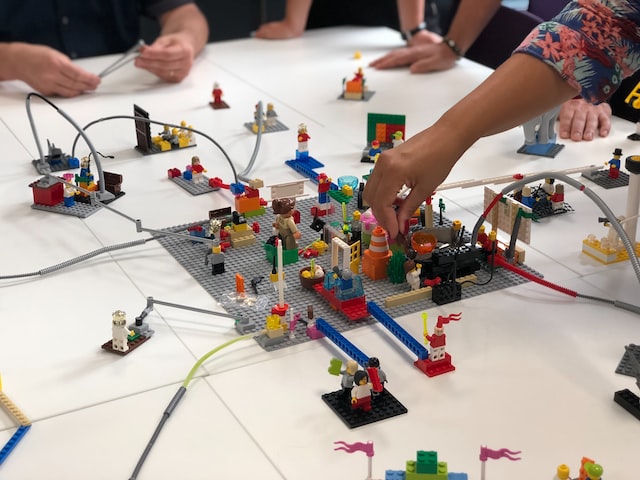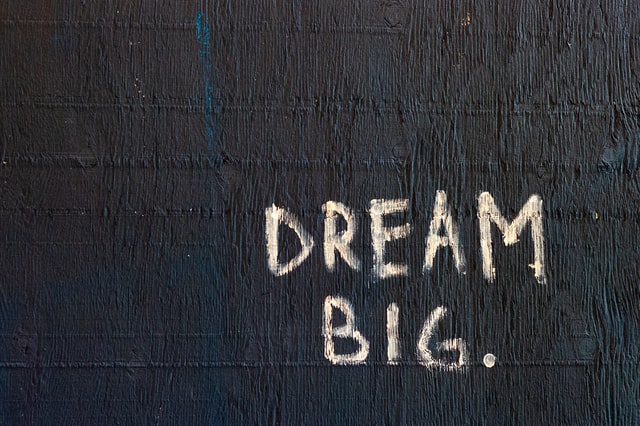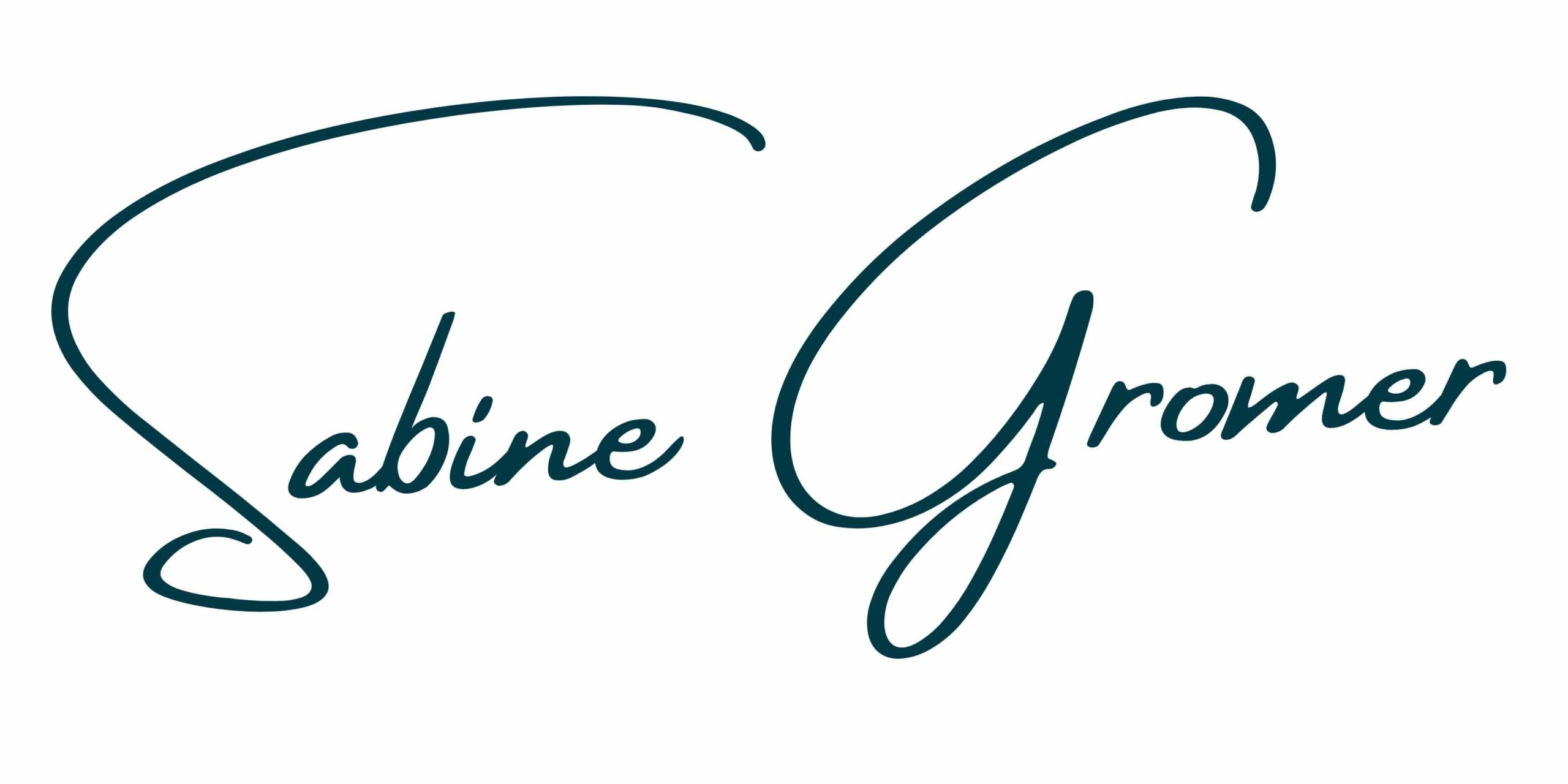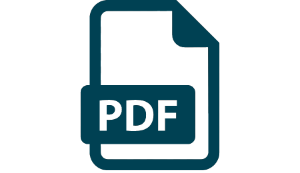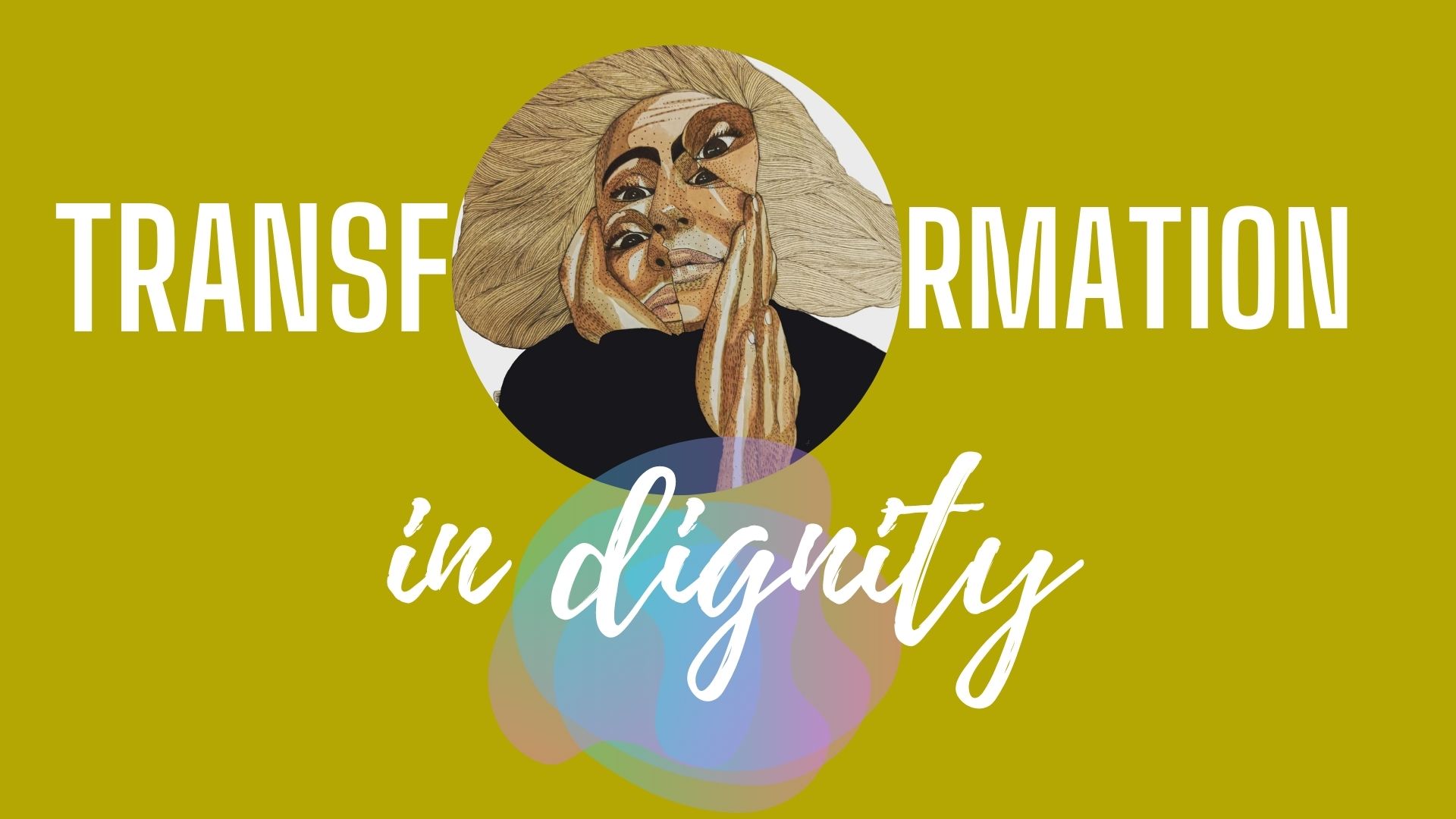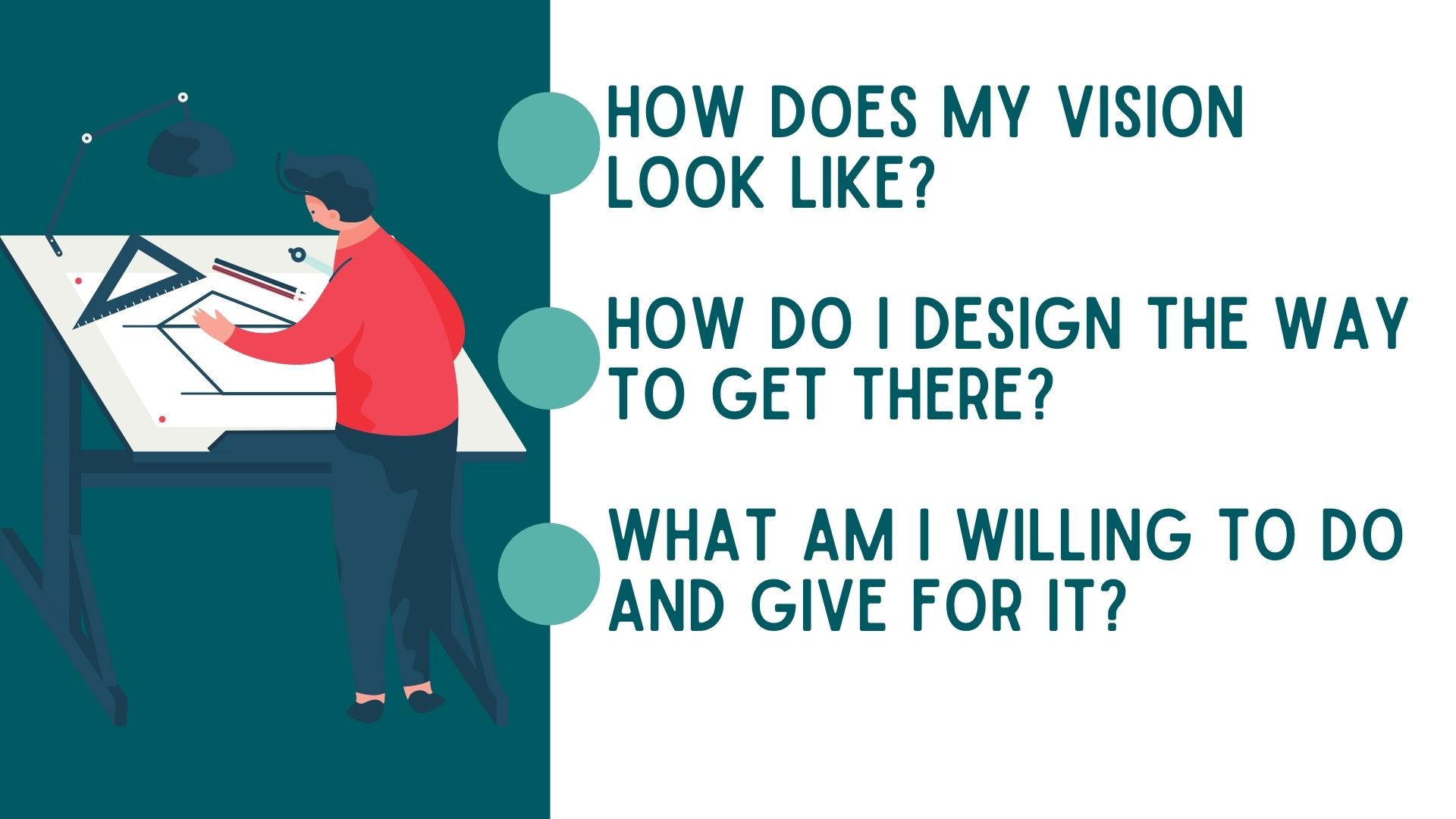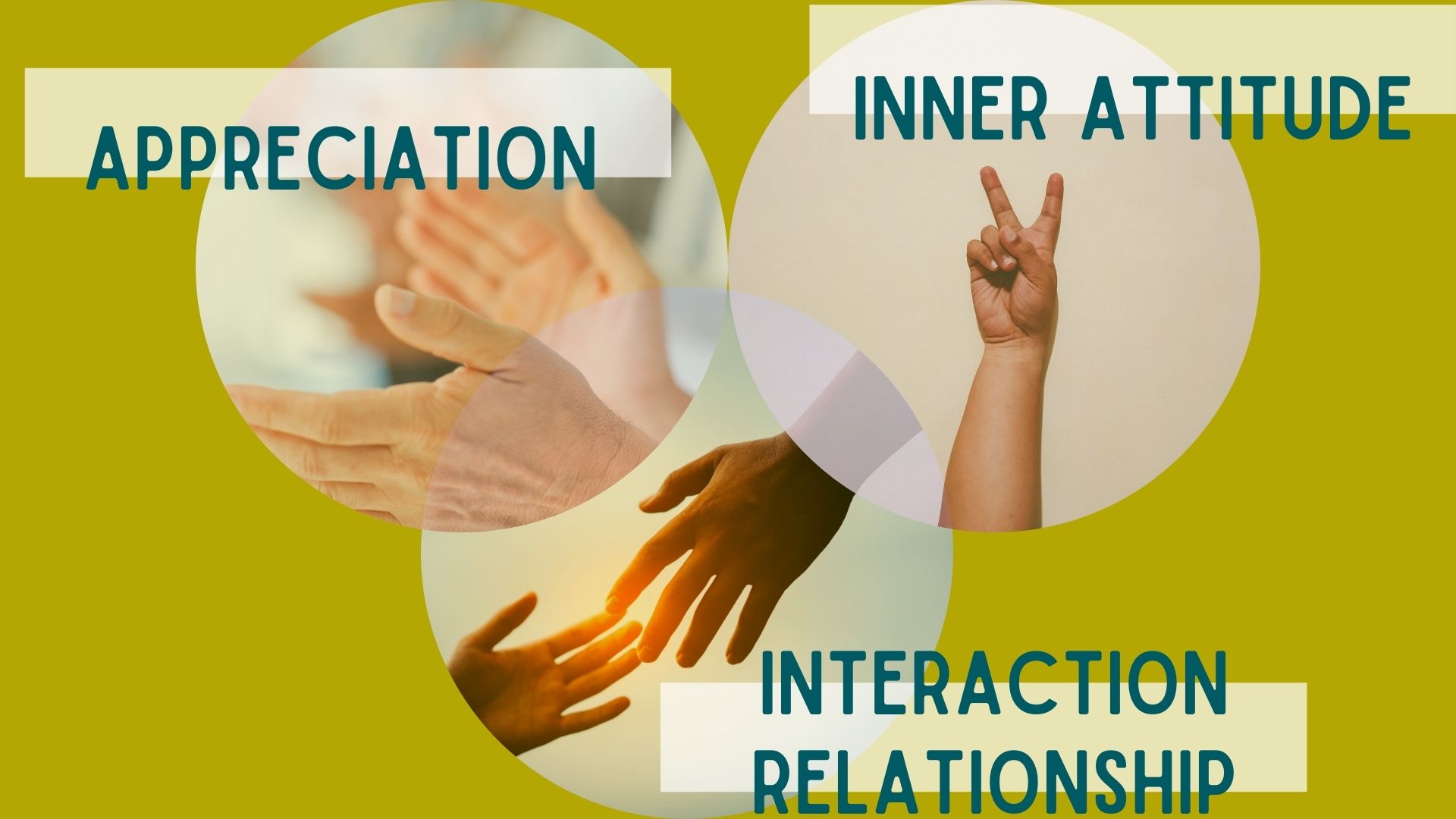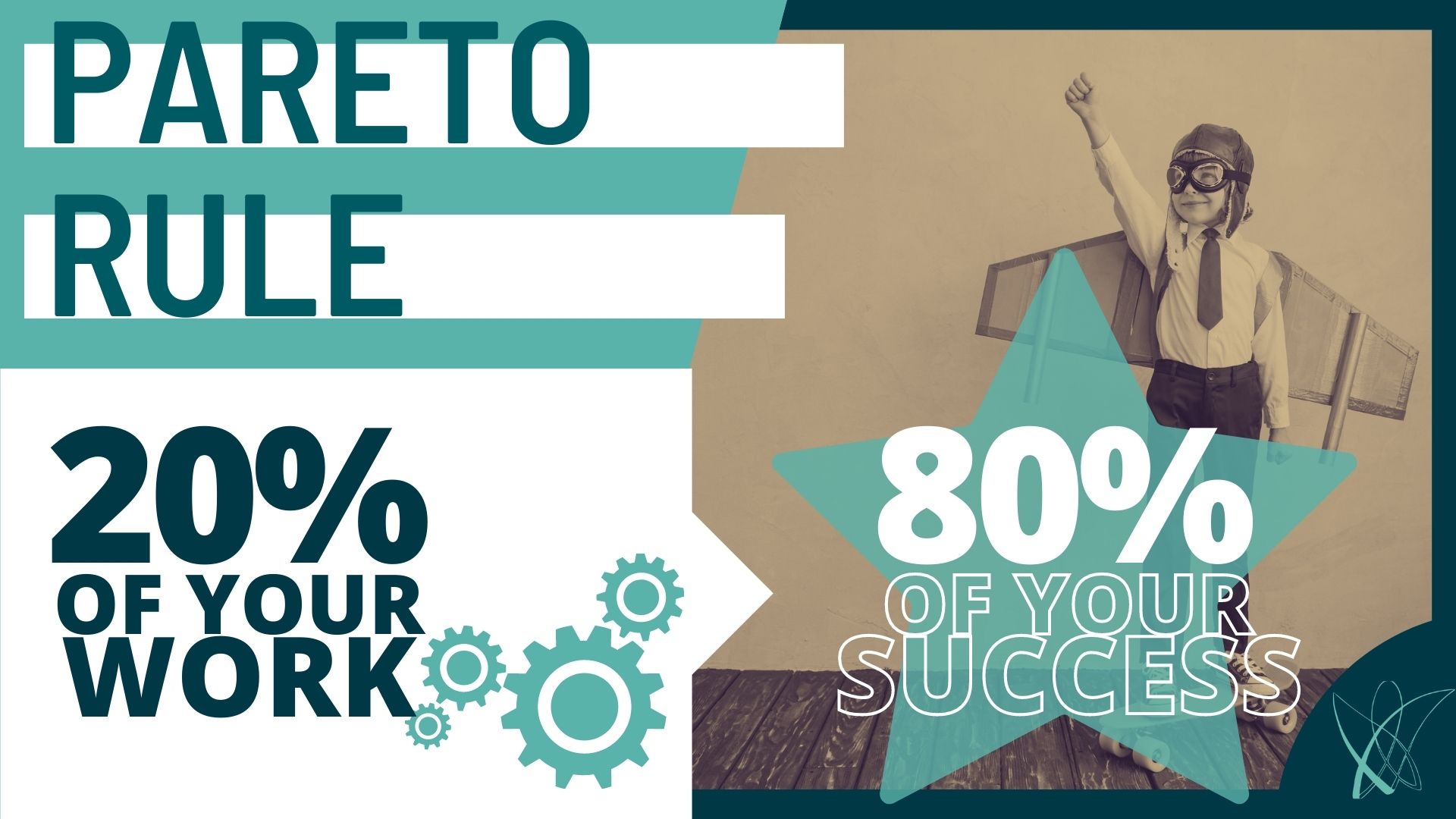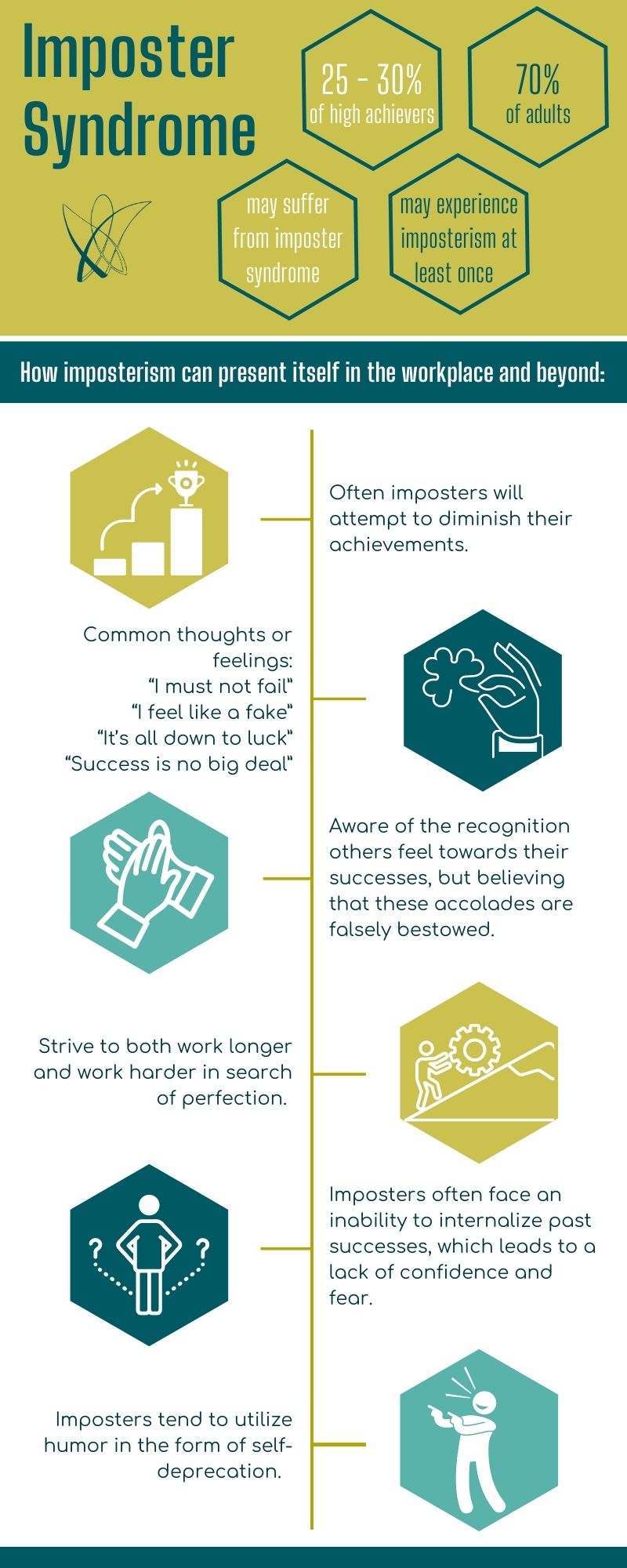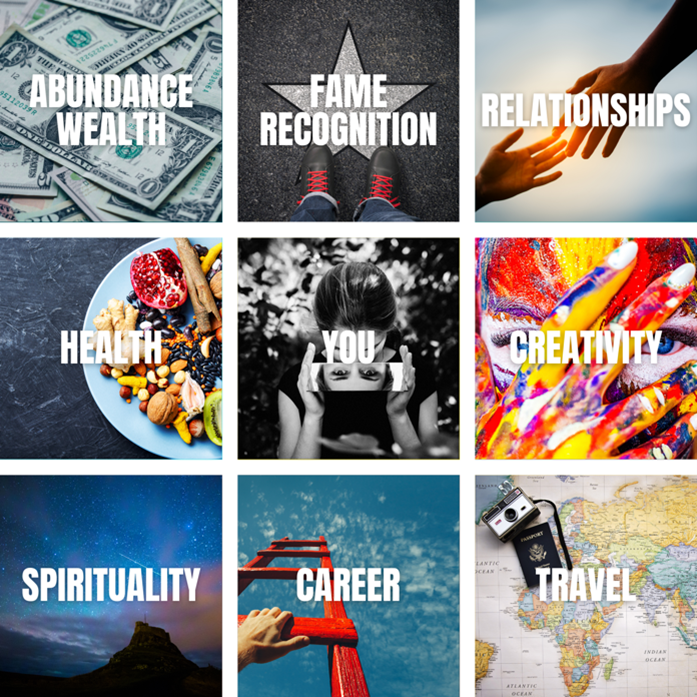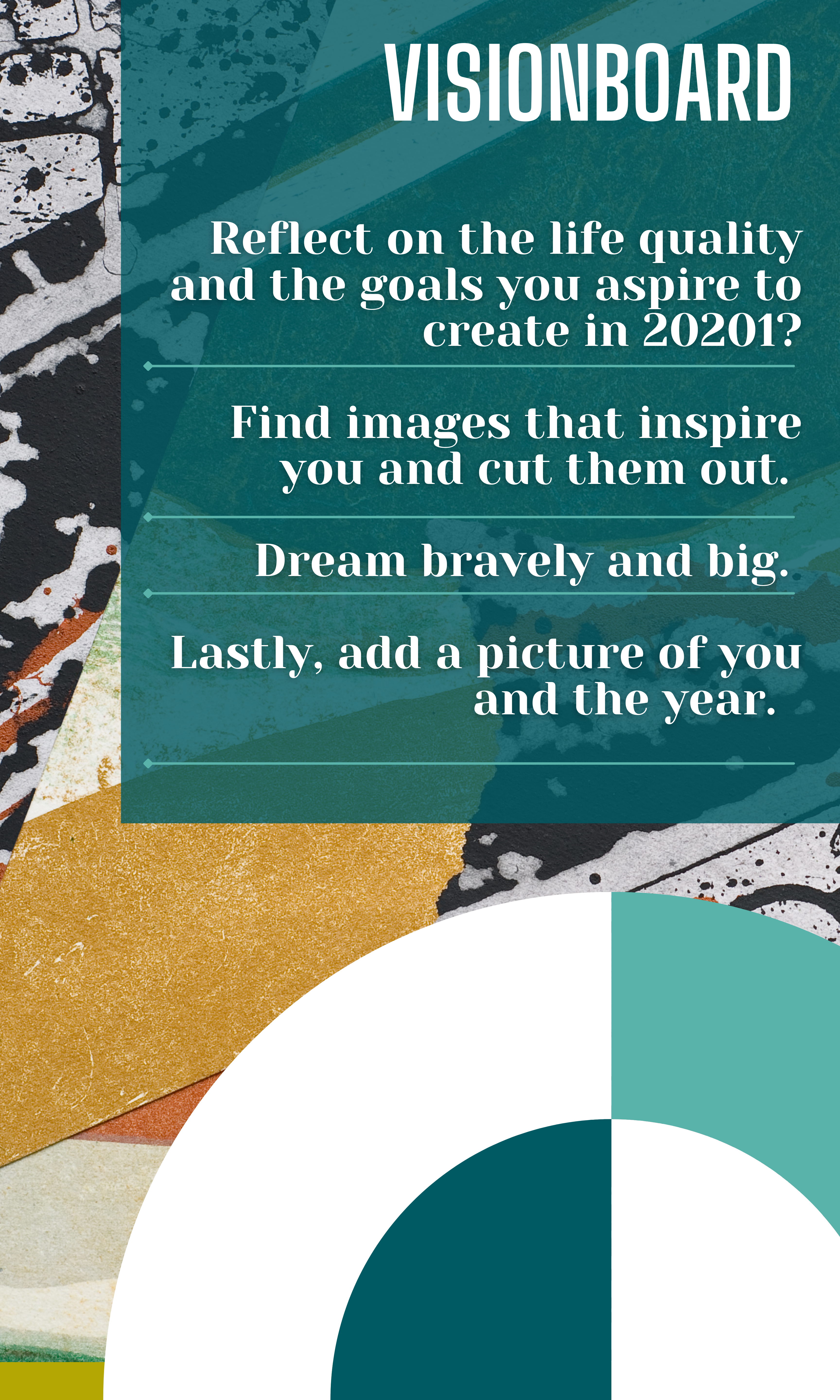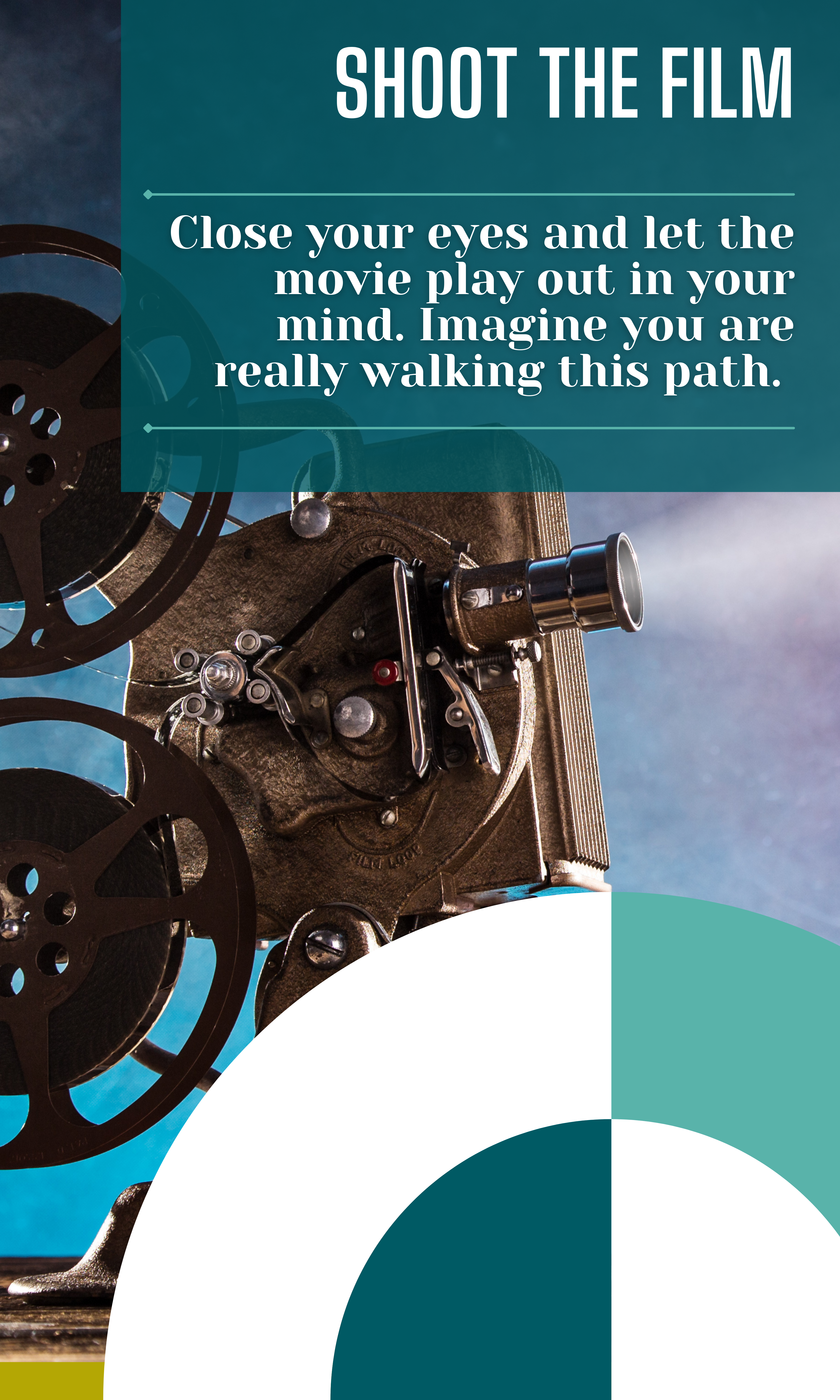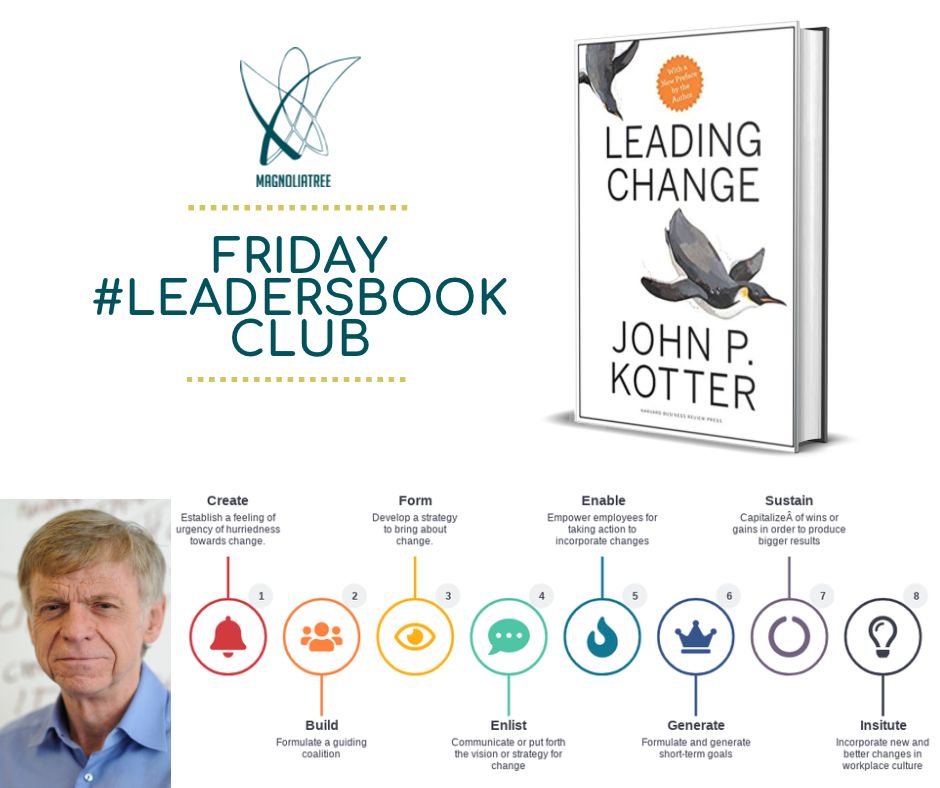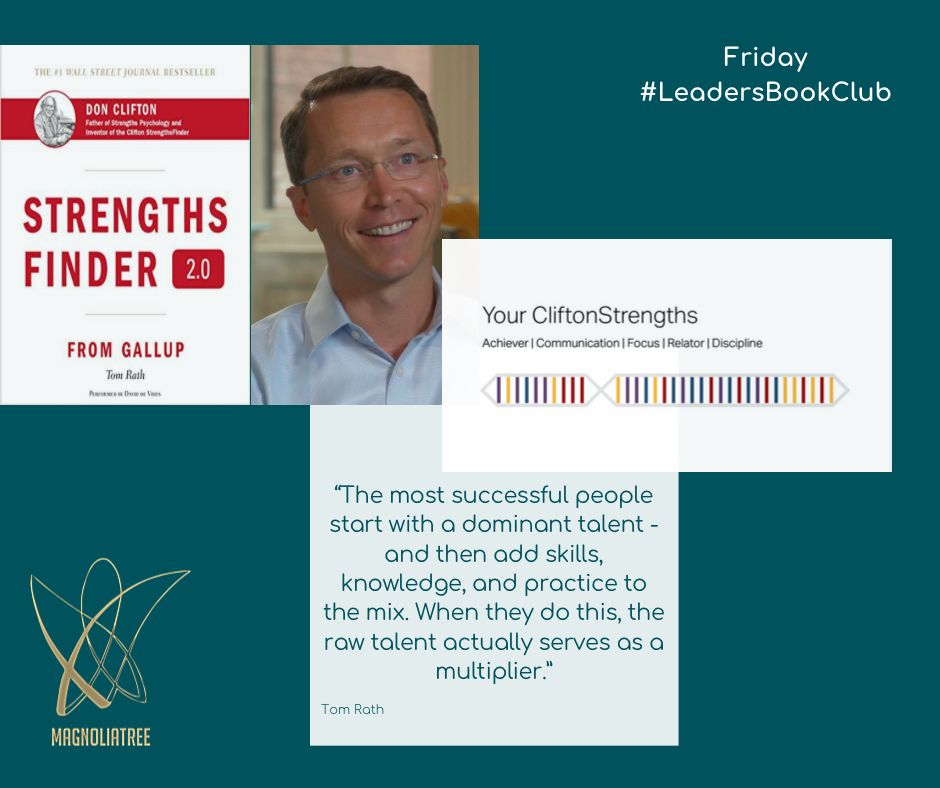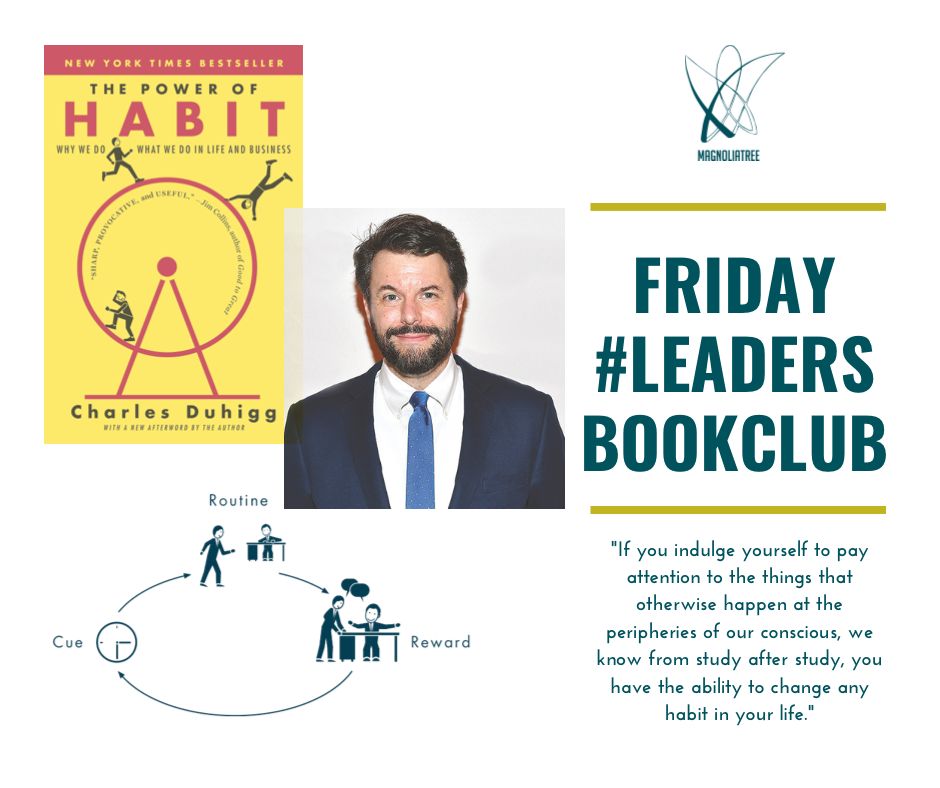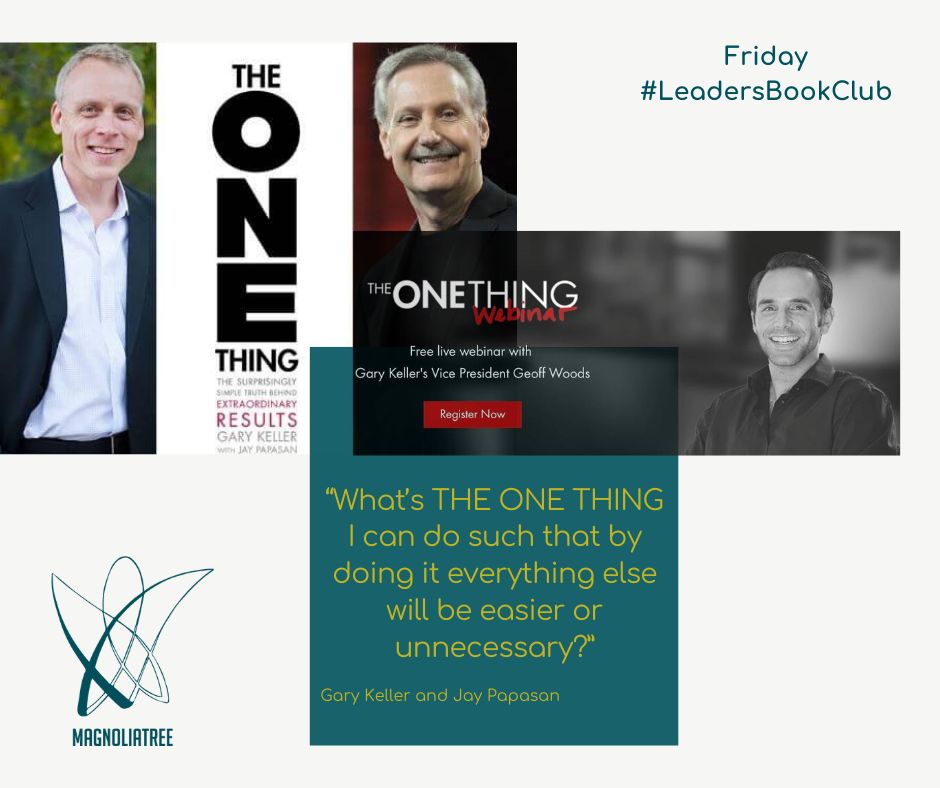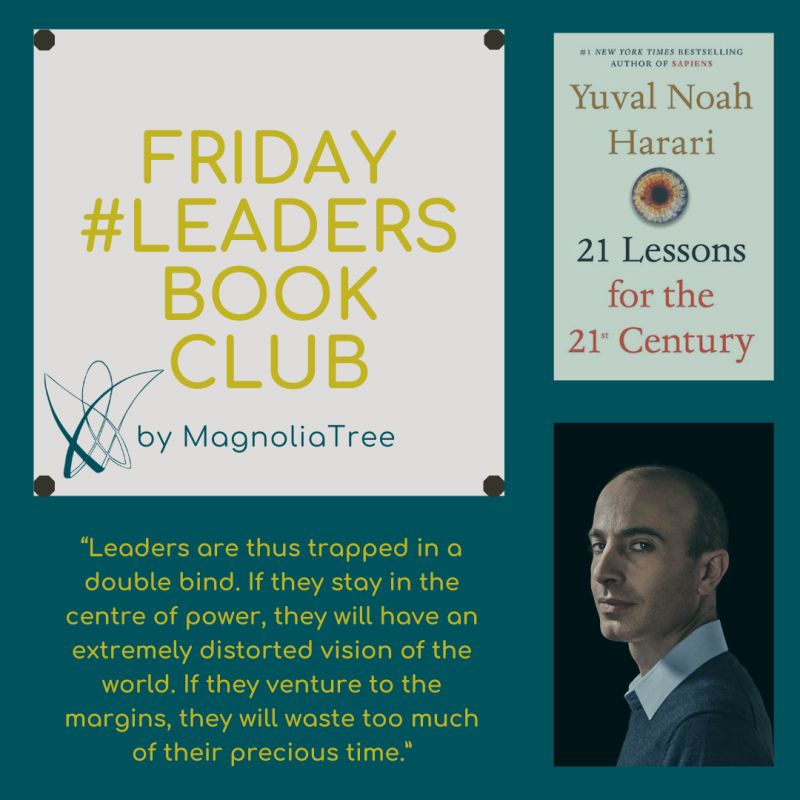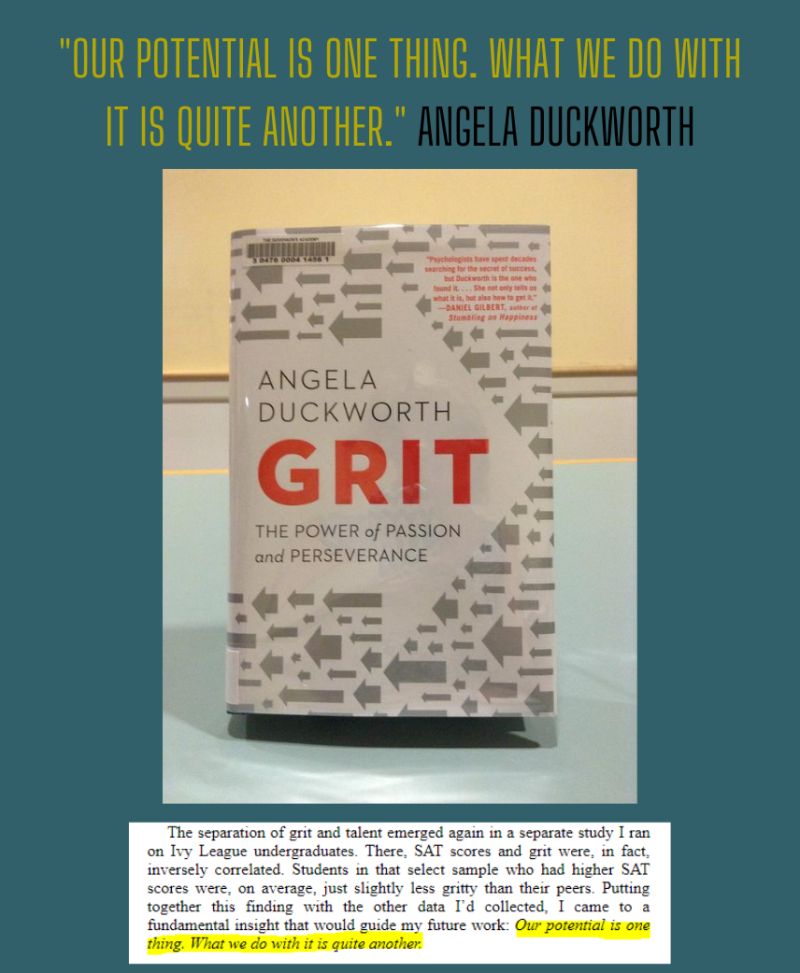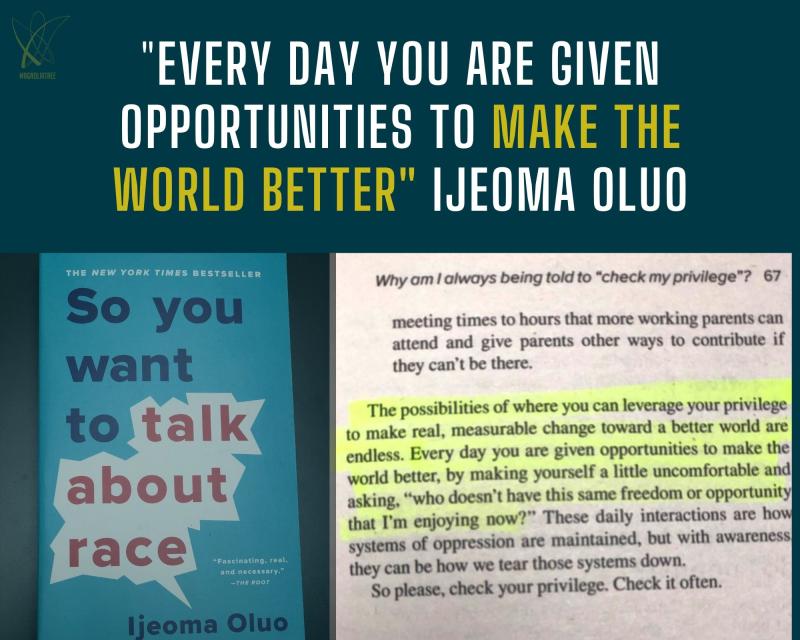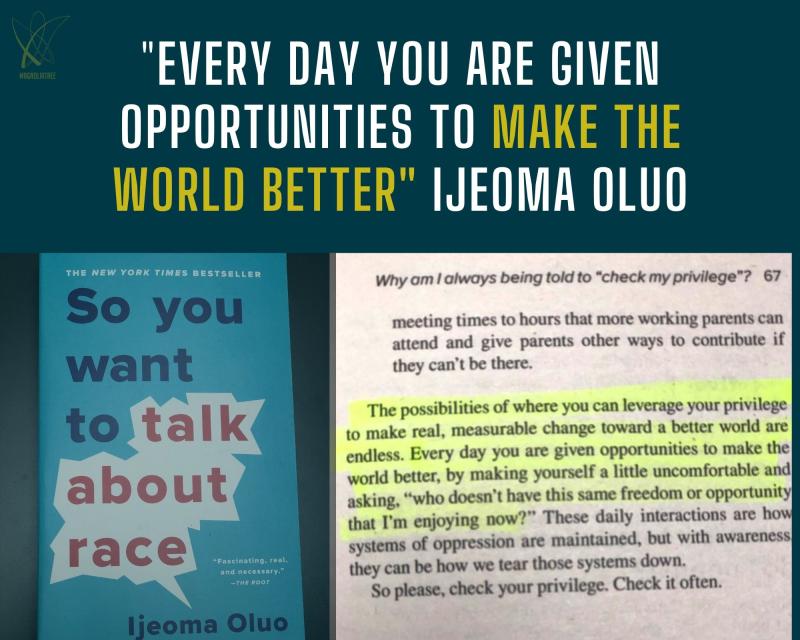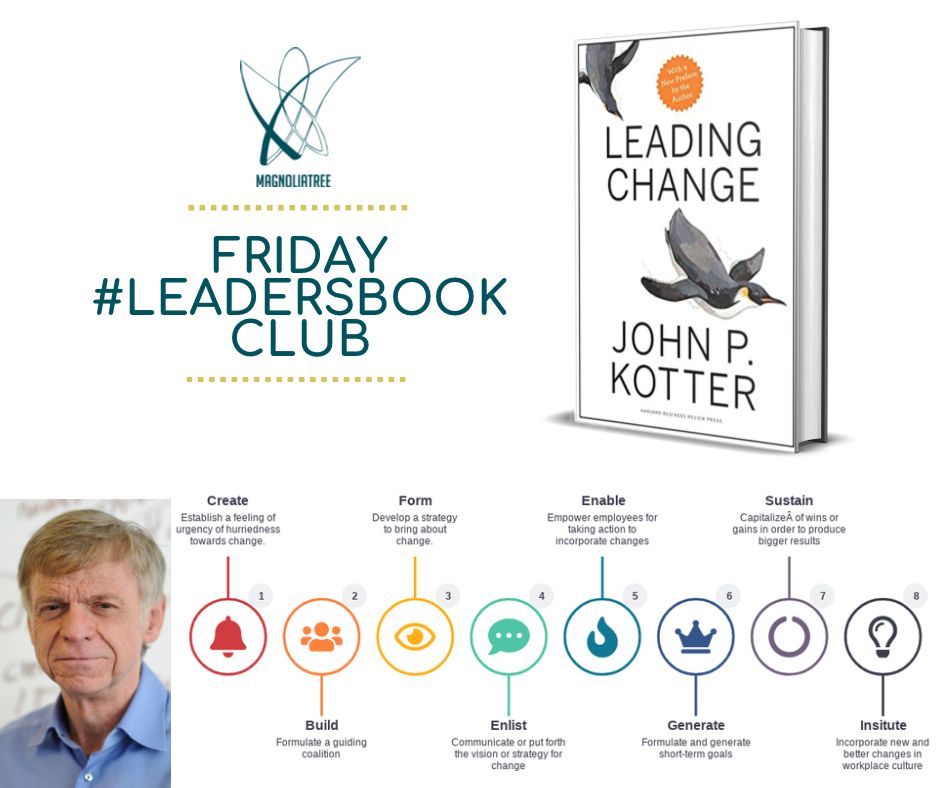Navigating the Challenges and Opportunities

In the dynamic landscape of the modern workplace, the intersection of leadership and mental health is becoming increasingly prominent. Leaders who strive to drive their organizations to success need to recognize the importance of addressing mental health concerns. Let’s explore this intricate relationship between leadership and mental health, and look at credible research findings and data.

So, how often anyway can a mental health issue be a problem for an employee?
A study by the Harvard Business Review in 2021, found that a striking 76% of employees experienced at least one symptom of a mental health condition in the past year. This is a noticeable percentage increase from 59% found in a similar 2019 survey. This trend underlines the escalating need for mental health awareness in organizational leadership. This growing trend shines a spotlight on the urgent need for leaders in organizations to really tune into mental health issues.
It’s clear now that mental well-being isn’t just a personal matter; it’s a vital part of a healthy, functioning workplace. For today’s leaders, this means diving deeper into understanding mental health and weaving it into the fabric of their organizational culture and policies. It’s not just about caring for employees’ well-being; it’s also about maintaining the productivity and longevity of the organization.
How impactful is the leadership style when it comes to mental health?
Now we know that effective leadership is no longer just about strategic decisions, but also about understanding and addressing mental health. Leaders have a profound impact on the mental health of their employees. Research published in BMC Public Health reveals just how impactful different kinds of leadership can be. It turns out, that when leaders are supportive, employees’ job satisfaction skyrockets, and their stress level drops. This isn’t just a theory; it’s a reality that plays out in workplaces around the globe, both in traditional office settings and in the increasingly common remote work environments.

Health-Oriented Leadership is a three-legged stool…
… with each leg crucial to keeping it from falling.
- One leg is about the leader taking care of their own health.
- The second is about nurturing the staff’s well-being.
- The third is about encouraging the team to take care of themselves.
There are several Studies in Psychology emphasizing that when leaders embrace this holistic approach, the entire team thrives, showing reduced stress and improved overall mental health.
Emotional Intelligence: The Key to Effective Leadership
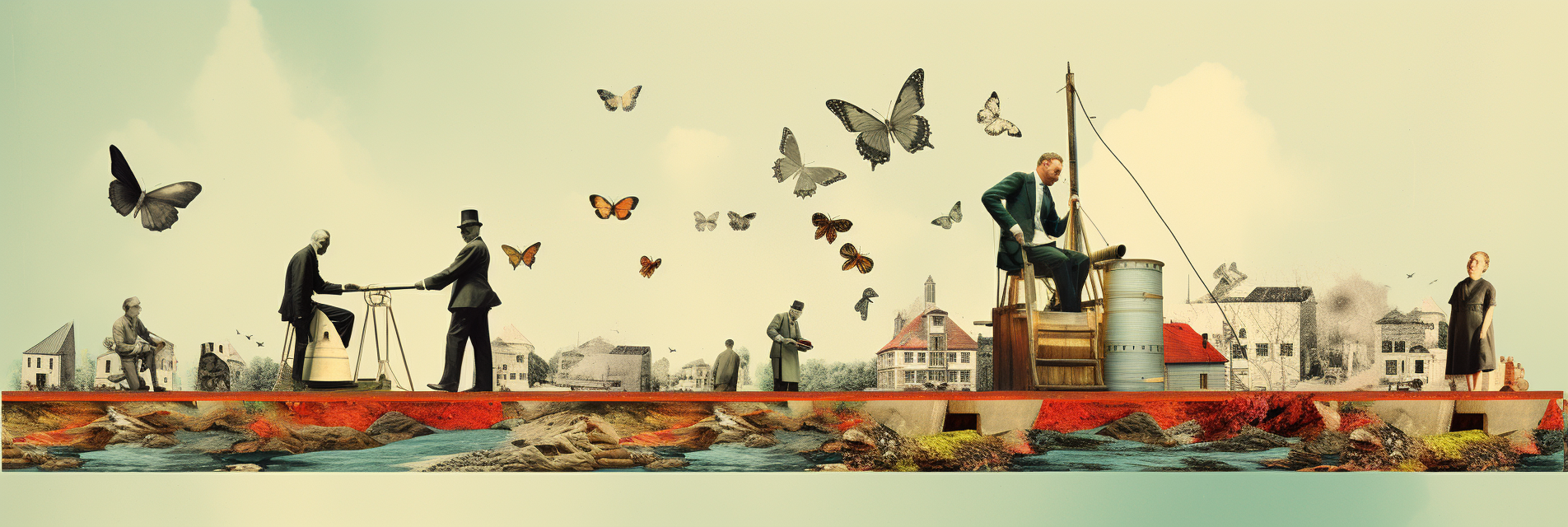
Emotional intelligence is increasingly recognized as a critical component of effective leadership. Several studies on Emotional Intelligence suggest that leaders with high emotional intelligence tend to create more positive workplace environments that support the mental health of their teams. This points to the necessity for leaders to develop skills like empathy, self-awareness, and emotional regulation.
Tools and Strategies for Leaders
- Recognizing the burden of mental health on leaders: The first thing a leader should do to become a Health-Oriented Leader is to realize that leaders themselves are not immune to mental health challenges. This means that leaders must prioritize their own mental hygiene to effectively manage stress and prevent burnout.
- Promote Work-Life Balance: Encouraging a healthy work-life balance is crucial. Flexible working hours and acknowledging the importance of personal time can reduce burnout and stress.
- Foster Open Communication: Creating channels for open communication where employees can discuss mental health issues without fear of judgment or reprisal is essential.
- Invest in Mental Health Resources: Providing access to mental health resources, such as counseling services or mindfulness training, demonstrates a commitment to employee well-being.
- Lead by Example: Leaders should model healthy behaviors and attitudes towards mental health, breaking down stigma and encouraging others to prioritize their well-being.
- Regular Check-ins: Implementing regular one-on-one check-ins can help leaders stay informed about their team’s mental health and provide support when needed. This practice is especially important for remote workers, as it helps foster a sense of connection and belonging within the organization.
The Role of Training and Development
Training leaders to understand and support mental health is vital. Programs focusing on mental health awareness, stress management, and emotional intelligence can equip leaders with the tools they need to support their teams effectively.
Future Trends
As awareness of the importance of mental health in the workplace grows, future trends indicate a continued focus on this area. This highlights the growing importance of mental health awareness, the integration of technology and mental health tools, and the focus on holistic well-being programs. These advancements are not just trends but are becoming essential components of effective workplace management and leadership strategies. Keeping up-to-date with these developments will be vital for leaders who aim to foster a supportive and healthy work environment.

Conclusion
The intersection of leadership and mental health is a complex but vital area in the modern workplace. Leaders play a crucial role in shaping the mental health landscape of their organizations. By adopting strategies that prioritize mental health, leaders can create a more productive, engaged, and healthy workforce. The journey towards integrating mental health into leadership practices is ongoing, but it is clear that the benefits to both individuals and organizations are substantial.



